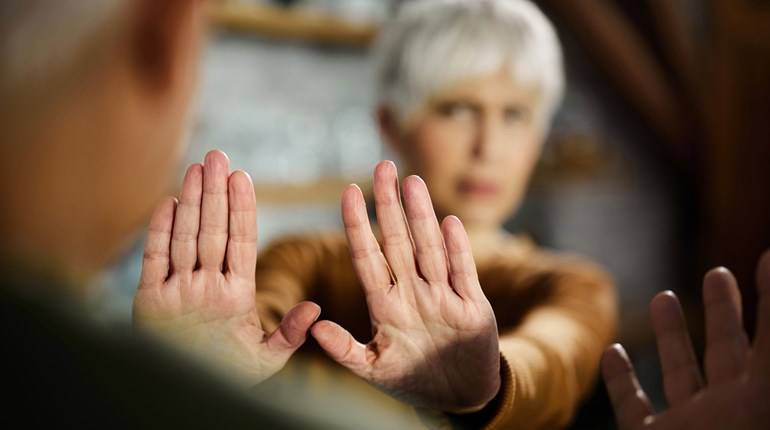
The Problem
You recently purchased a handgun. The local gun shop owner helped you find one that was affordable and fit your needs. He also referred you to a local firearms instructor who could help you learn how to use it. After your first lesson, you could hit the target with a satisfactory degree of consistency. One thing that caused you to wonder a bit, however, was the instructor’s extreme attention to the positions of your feet, legs and arms, in an effort to put you in into what he called a “fighting stance.” If you were just an inch or so out of position, he would come over and adjust your limbs until he was satisfied. The way he wanted you to hold the handgun turned out to be uncomfortable, and you told him so. His response was “no pain, no gain,” and if you didn’t have a good, solid foundation, hitting your target would be a lucky shot rather than a consistent occurrence. While there may be some truth behind that notion, shouldn’t you be at least somewhat comfortable and balanced when trying to hit a target?
The Solution
Like all other professions, firearms instructors come with many different levels of training and experience. Some are heavily biased and not flexible in what they teach, while others just go through the motions of a set lesson plan. The best instructors teach by objectives. They define the learning point, explain why it is important and help you find the best way to efficiently and effectively accomplish that objective.
In defensive shooting—as in all shooting—the objective is to hit your target, no matter how big or how small it is. There are two absolutes for doing so: stabilizing the muzzle on the target and operating the trigger to achieve discharge without destabilizing the muzzle’s relationship to the target. All other points are variables specific to the occasion.
Certainly, a good foundation aids muzzle stability on the target, but we rarely find ourselves living in a perfect world. Learning to optimize what you have available at the time will take you a long way toward success. There are a few things to consider regardless of your training or past experience.
From a pure marksmanship standpoint, one should think about how the body is constructed. Some of us are thin and flexible, while some of us have spent a little too much time at the dinner table, which limits our range of motion and changes our center of gravity. Of course, there are those of us who are somewhere in the middle, but we all have limitations. A person’s age needs to be factored in as well, because past injuries and the effects of time can degrade our balance, mobility and flexibility.
Psychologically, if you are forced into an uncomfortable position—particularly at the foundational level—there is little likelihood you can, or will, give your full focus and attention to the absolutes of accurate shot delivery.
From a practical standpoint, in an actual defensive encounter with a viable adversary, the conditions are more likely to be dynamic and constantly changing, making it difficult to get into that perfect position and fire the shots necessary to stop a potentially lethal attacker. In such a confrontation, you should be moving to cover or another area of safety, which usually means if you do have to shoot, it will be from a position other than a perfect shooting stance. You must also consider what would happen if you are injured, get knocked to the ground, or perhaps trip and fall in an effort to get to a better position. Shooting from a regimented stance or position doesn’t fully prepare you to respond with maximum effect in a defensive confrontation.
I’m sure your instructor gave you some good information, since you are able to hit the target with a fair degree of consistency. However, his inflexibility in helping you into a shooting position that was good for you would cause me to look elsewhere for further training.
An objective-based trainer will start with a shooting position that allows you to stabilize the gun’s muzzle on target with the ability to move 360 degrees around you with equal ease. More importantly, your center of gravity, foot, leg, torso, head and arm positions all find where they should naturally be for your body type, giving you balance without discomfort, muscle tension or strain. Once established, you can learn alternate positions that are stable and tactically sound for self-defense.




































